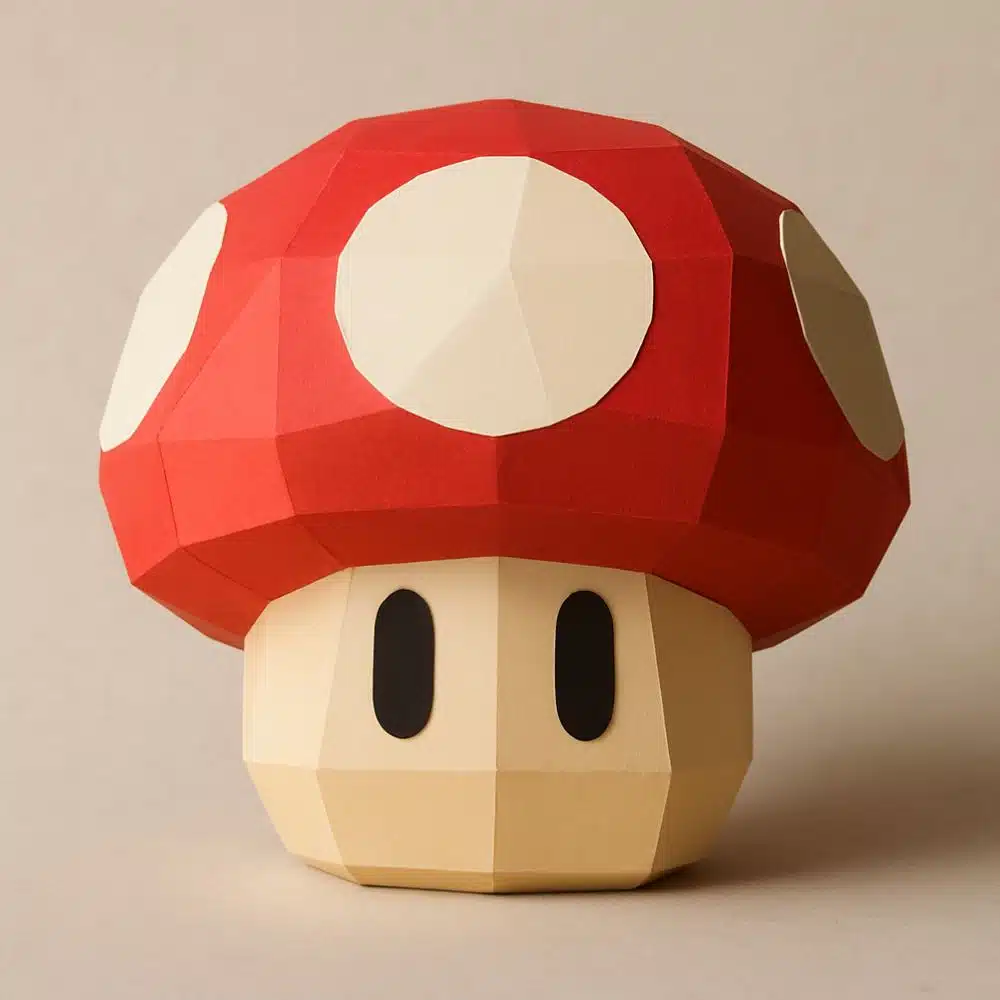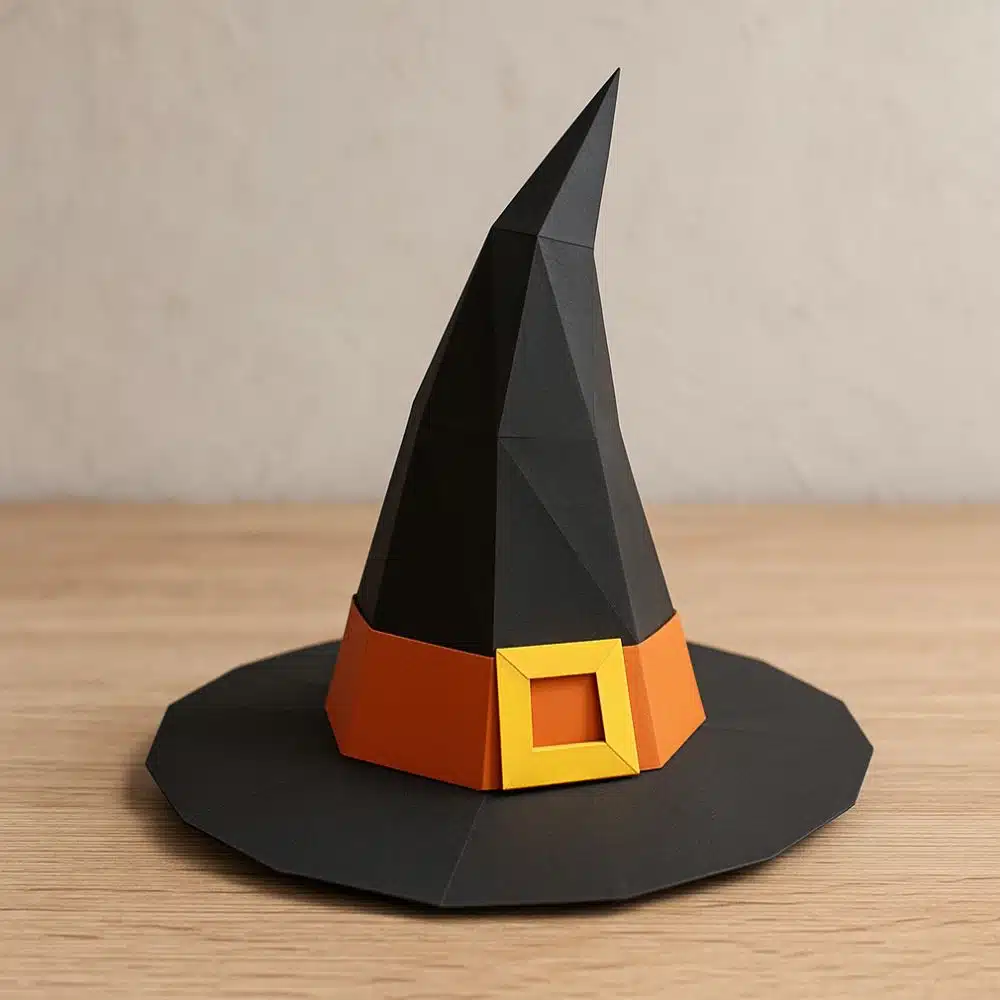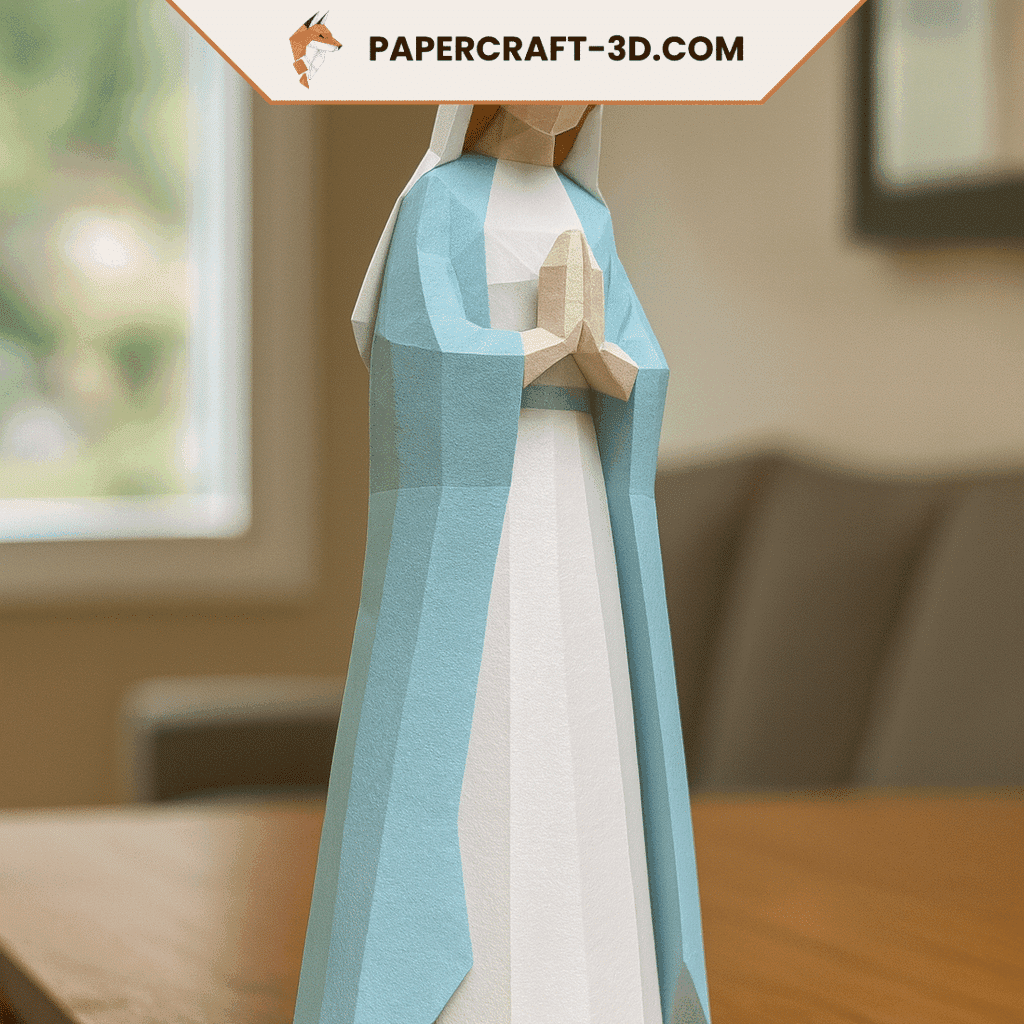| Key idea | Detailed description |
|---|---|
| ? Overview | Explaining origami as the art of paper folding, a source of fun and an educational tool. |
| ✨ Paper Magic | Describe the process of creating three-dimensional objects from a square sheet of paper. |
| ? Children and origami | Highlight the benefits of origami for children: dexterity, concentration, spatial understanding. |
| ? Getting started | Use simple papers and follow origami tutorials for beginners. |
| ? Creativity stimulated | Incorporate stories and favorite themes to personalize learning and make creations unique. |
| ? Sharing and gifts | Encourage sharing creations as unique, confidence-building gifts. |
| ??? Parent support | Provide a supportive environment and celebrate every success in learning origami. |
Origami, the refined art of paper folding, seduces young and old alike with its promise of creating surprisingly complex shapes from a simple square of paper. And yet, beyond its aesthetic appeal, origami proves to be both a fun and educational activity for children. From the creation of a simple airplane to more elaborate animals, the world of origami is vast and fascinating. This article guides you through the fascinating possibilities offered by origami for children, with origami tutorials adapted to their level and tips to enrich their learning.

Origami folding: the art of sublimating paper
Origami, an ancient practice straight from Japan, involves transforming a simple sheet of paper into a three-dimensional work of art, through a series of delicate folds, without resorting to cutting or gluing. This discipline, which at first glance seems simple, hides a fascinating complexity and a definite educational value. Children find it not only an inexhaustible source of amusement, but also a means of improving their dexterity, concentration and understanding of geometries in space.
What you need to know to get started: The basis of origami lies in the choice of paper and mastery of the basic folds. A simple square of paper, unpatterned and strong enough to hold the folds, is the ideal starting point. For beginners, we recommend choosing simple techniques to harden origami paper, thus facilitating the first steps in this delicate art.
| Origami figure | Difficulty level |
|---|---|
| Avion | Débutant |
| Bateau | Débutant |
| Grue | Intermédiaire |
| Rose | Avancé |
It’s essential to start with simple figures such as airplanes and boats, gradually acquiring basic techniques before moving on to more complex creations such as animals and flowers.
Origami and children
Introducing children to origami offers them an exceptional playground for their creativity, while honing their fine motor skills. By folding paper, they learn to follow the right steps, to be rigorous in their creations, and to follow complex instructions. The often stunning results contribute to their sense of achievement and self-confidence.
To make learning even more exciting, you can incorporate children’s favorite stories or themes. For example, creating a series of origami animals can become a jungle adventure, with each animal telling its own story. By using papers of different colors and textures, children can personalize their creations, making them unique.
Achieving beautiful figures requires patience and perseverance. To guide children in this learning process, it’s vital to provide them with suitable resources. Step-by-step guides for beginners are available online, offering clear illustrations and simplified instructions. These resources, specially designed for young origamists, will enable them to progress at their own pace, exploring the magic of paper folding.

Easy origami creations for kids
Entering the world of origami often begins with simple models that enthuse children and stimulate their desire to learn more. The paper airplane, with its simplicity and playfulness, is an excellent starting point. Closely followed by the boat, it quickly becomes child’s play to navigate between different figures and discover the joy of creating.
- Origami hearts: Ideal for a quick, tender creation.
- The crane: Introduces children to slightly more complex folding, while remaining accessible.
- The flower: A rewarding challenge for the more advanced.
These simple yet captivating projects serve as a springboard to more elaborate creations, providing an opportunity for the ongoing development of children’s origami skills. By sharing their work with family and friends, they can also explore the joy of giving, transforming their works into original gifts for any occasion.
Boost your children’s creativity with origami
The importance of origami in a child’s development is undeniable. More than just a hobby, it’s a powerful educational tool that stimulates imagination, encourages patience and precision, and builds self-confidence through creation. As parents or educators, we have a responsibility to accompany children in this discovery, providing them with an environment conducive to learning, and celebrating each small victory on the road to origami mastery.
Whether following step-by-step tutorials or experimenting with their own designs, children gain invaluable experience. Origami is a window on culture, an excuse to learn new skills, and an invitation to create without limits. Let’s encourage them to fold, create and imagine – because in the world of origami, paper becomes an endless playground for the imagination.


















